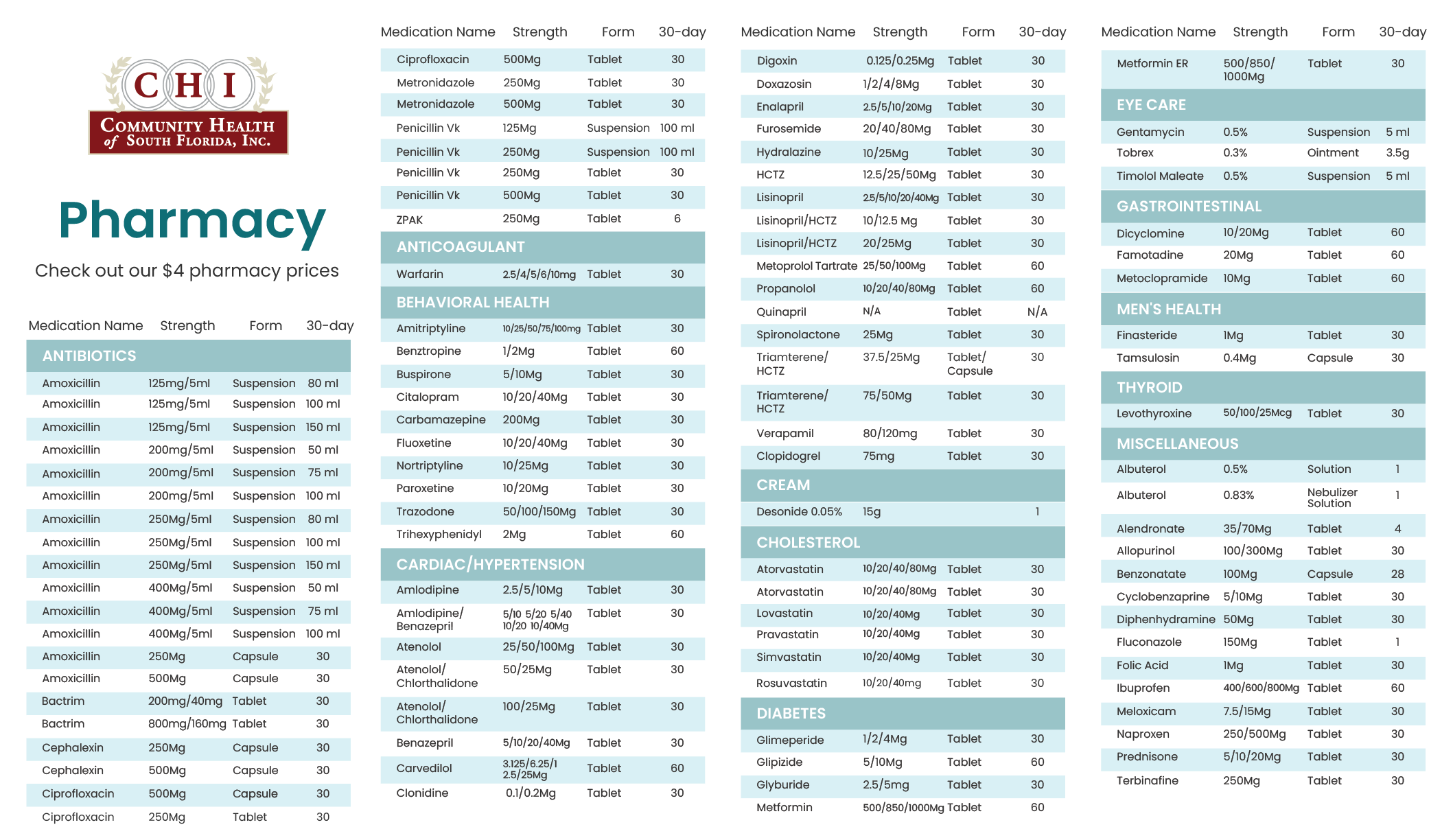DENTAL SEALANTS PROTECT TEETH AS YOUR CHILD GROWS
 Eight-year-old Genesis Guevara loves to smile and wants to keep her pearly whites healthy. Unlike her 4 siblings, she has never had a cavity. On her regularly scheduled dental cleaning at Community Health of South Florida’s Doris Ison Dental Department, the hygienist suggests that she gets sealants on her back teeth.
Eight-year-old Genesis Guevara loves to smile and wants to keep her pearly whites healthy. Unlike her 4 siblings, she has never had a cavity. On her regularly scheduled dental cleaning at Community Health of South Florida’s Doris Ison Dental Department, the hygienist suggests that she gets sealants on her back teeth.
“Sealants are very important,” said Dr. Sheri Watson-Hamilton, Director of CHI Dental. “Sealants help prevent cavities on children when they get their first molars and premolars, the larger teeth in the back of the mouth.”
These back teeth have grooves that you can feel if you run your tongue along the back of your mouth. Those grooves can collect bacteria and dirt, despite brushing.
“The sealant actually creates a barrier,” said Dr. Watson-Hamilton. “This helps save you money in the long run by preventing cavities.”
For Genesis’ mom, Patricia Galindo, this is an easy decision. “I get worried about cavities. So, this is a good option.”
The sealant is like a varnish that is painted on the back teeth. It hardens immediately and serves as a barrier, preventing food and acid from going into the teeth’s grooves. It’s recommended that children receive the sealant sometime between the age of 5 and 6 and then again around age 12. The sealant contains small amounts of Bisphenol A, otherwise known as BPA. That’s the chemical found in water bottles and plastic food containers. BPA has been linked to negative health effects on the body. But according to the American Dental Association, there are only trace amounts and sealants are not a threat to a child’s health.
“The Pediatric Dental Association recognizes sealants as part of the quality of care,” said Dr. Watson-Hamilton. Now there are more oral health initiatives that are increasing the uses of dental sealants and fluoride varnishes. So, the combination of those two are helping reduce cavities.”
Sealants are covered by most dental insurance plans for kids up to the age of 12.





